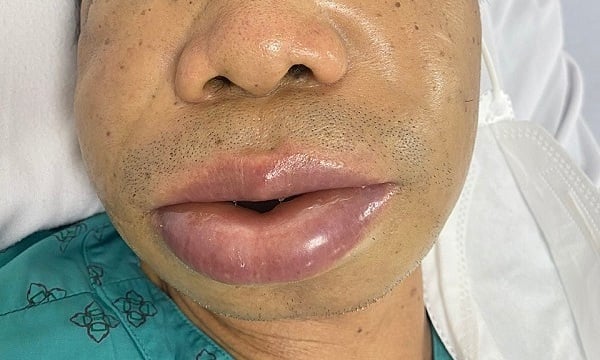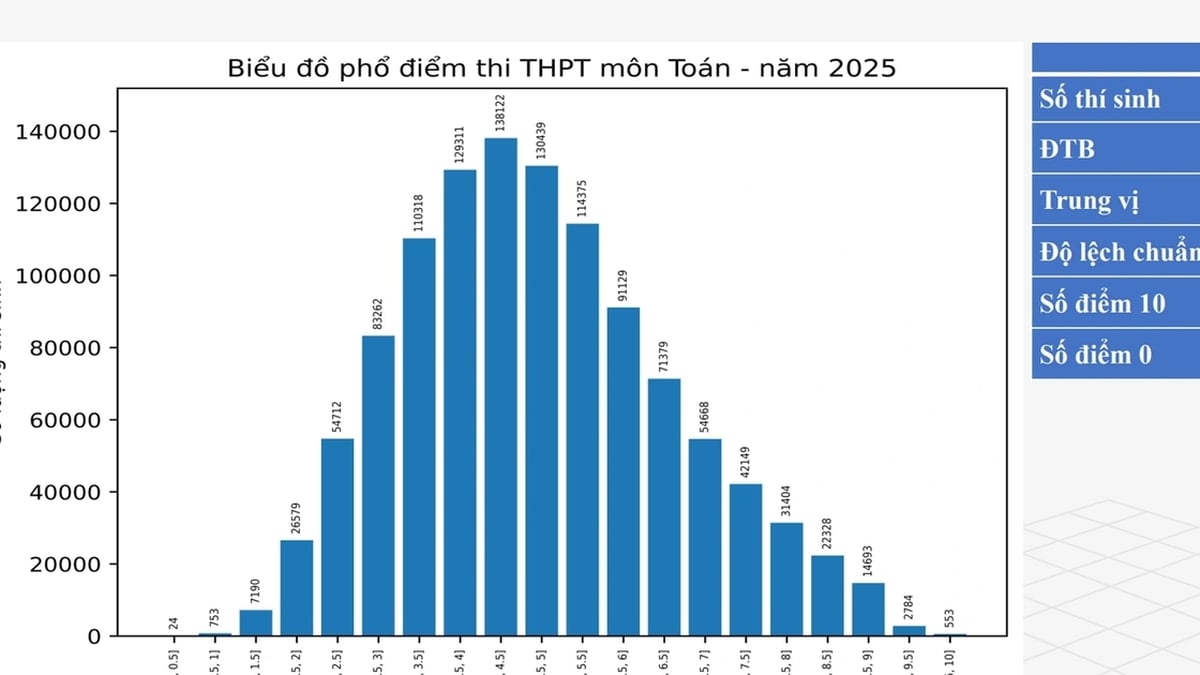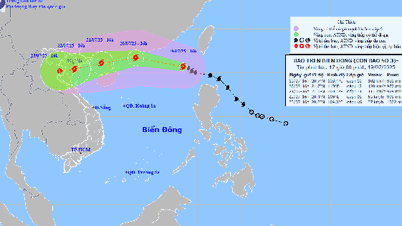Hereditary angioedema is an autosomal dominant genetic disease characterized by multiple episodes of edema, usually of the skin, gastrointestinal tract, and respiratory tract.
Dr. Nguyen Thi Quynh Trang, Department of Dermatology, Dermatology - Allergy Center, 108 Central Military Hospital, said the incidence of the disease is about 1/50,000 people and usually starts before the age of 20. Currently, the whole country has only 19 patients diagnosed with hereditary angioedema. If the disease is not diagnosed and treated promptly, it will be life-threatening.
Symptoms of the disease are swelling of different areas of the body such as the face, lips, eyes, hands, feet, genitals... recurring many times, not accompanied by red rash, hives. Patients may have symptoms of gastrointestinal obstruction such as nausea, vomiting, abdominal pain due to intestinal wall swelling.
Laryngeal edema is a clinical emergency and can be life-threatening due to airway obstruction.

A patient with hereditary facial edema. Photo: Provided by the doctor
Diagnosis is confirmed by C4 complement quantitative test and C1-INH concentration and function test. These tests are currently only performed at some medical facilities.
Specific drugs for acute exacerbations are C1 inhibitors, ecallantid or icatibant, all of which are expensive and currently not available in Vietnam. Patients in acute exacerbations are treated with fresh frozen plasma transfusions. Patients with difficulty breathing due to severe laryngeal edema require emergency tracheostomy.
Prophylactic treatment with danazol or tranxemic acid. The physician will consider the need for surgical intervention, as the impact of surgical trauma may aggravate the condition.
Diagnosis requires a combination of specific clinical symptoms and specialized tests. Therefore, patients with suspicious symptoms should go to a medical facility for examination and timely treatment to avoid danger to their lives.
In families with people with hereditary angioedema, children need to be diagnosed early and have appropriate intervention measures.
Le Nga
Source link


































































































Comment (0)